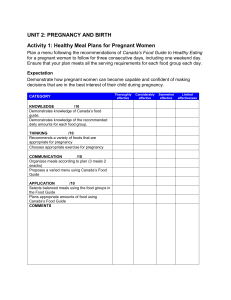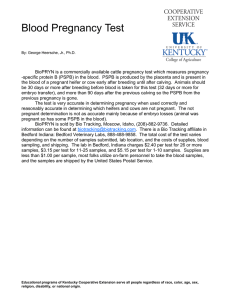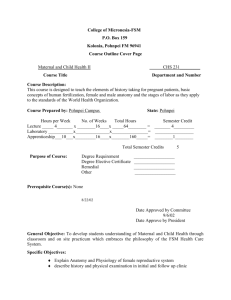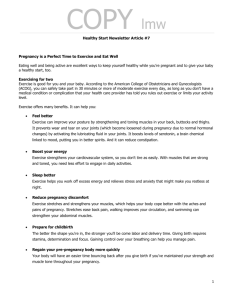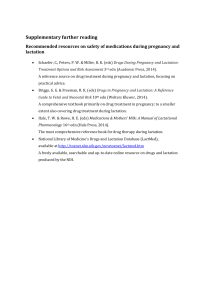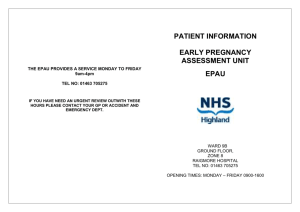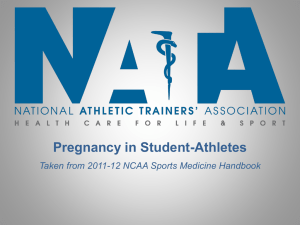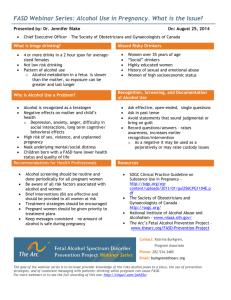Pregnancy & Lactation Pharmacy Curriculum Module
advertisement
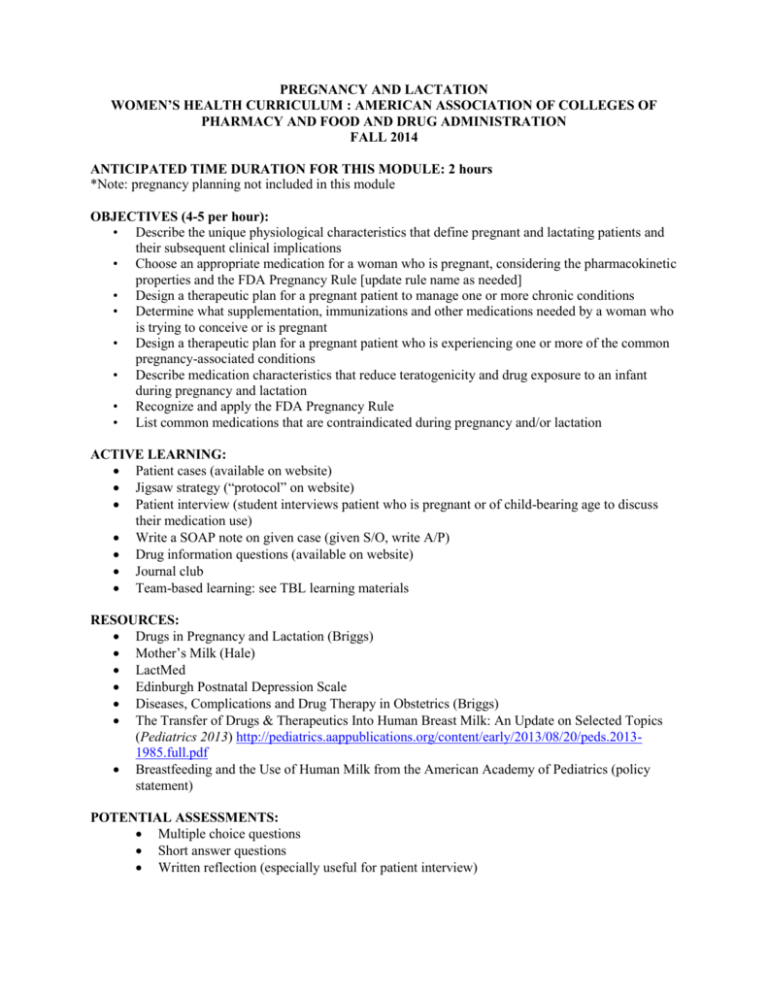
PREGNANCY AND LACTATION WOMEN’S HEALTH CURRICULUM : AMERICAN ASSOCIATION OF COLLEGES OF PHARMACY AND FOOD AND DRUG ADMINISTRATION FALL 2014 ANTICIPATED TIME DURATION FOR THIS MODULE: 2 hours *Note: pregnancy planning not included in this module OBJECTIVES (4-5 per hour): • Describe the unique physiological characteristics that define pregnant and lactating patients and their subsequent clinical implications • Choose an appropriate medication for a woman who is pregnant, considering the pharmacokinetic properties and the FDA Pregnancy Rule [update rule name as needed] • Design a therapeutic plan for a pregnant patient to manage one or more chronic conditions • Determine what supplementation, immunizations and other medications needed by a woman who is trying to conceive or is pregnant • Design a therapeutic plan for a pregnant patient who is experiencing one or more of the common pregnancy-associated conditions • Describe medication characteristics that reduce teratogenicity and drug exposure to an infant during pregnancy and lactation • Recognize and apply the FDA Pregnancy Rule • List common medications that are contraindicated during pregnancy and/or lactation ACTIVE LEARNING: Patient cases (available on website) Jigsaw strategy (“protocol” on website) Patient interview (student interviews patient who is pregnant or of child-bearing age to discuss their medication use) Write a SOAP note on given case (given S/O, write A/P) Drug information questions (available on website) Journal club Team-based learning: see TBL learning materials RESOURCES: Drugs in Pregnancy and Lactation (Briggs) Mother’s Milk (Hale) LactMed Edinburgh Postnatal Depression Scale Diseases, Complications and Drug Therapy in Obstetrics (Briggs) The Transfer of Drugs & Therapeutics Into Human Breast Milk: An Update on Selected Topics (Pediatrics 2013) http://pediatrics.aappublications.org/content/early/2013/08/20/peds.20131985.full.pdf Breastfeeding and the Use of Human Milk from the American Academy of Pediatrics (policy statement) POTENTIAL ASSESSMENTS: Multiple choice questions Short answer questions Written reflection (especially useful for patient interview)
